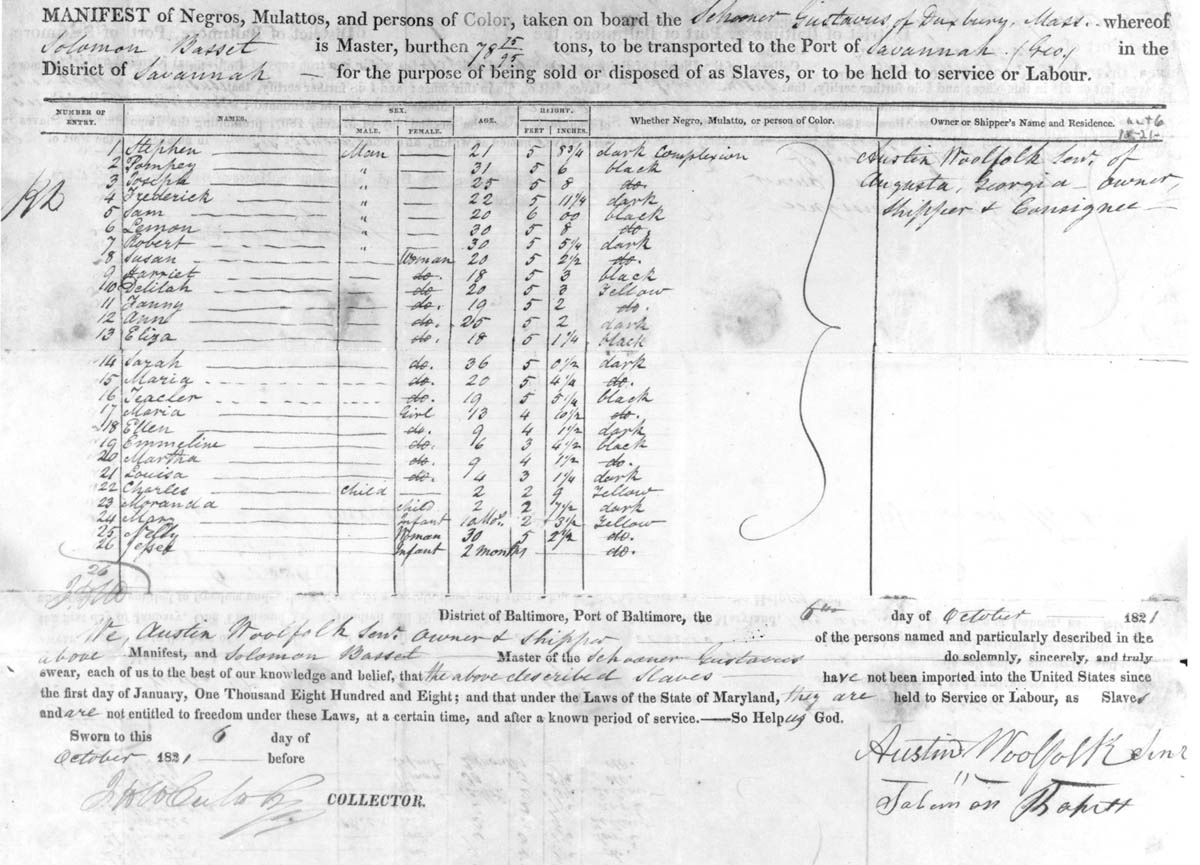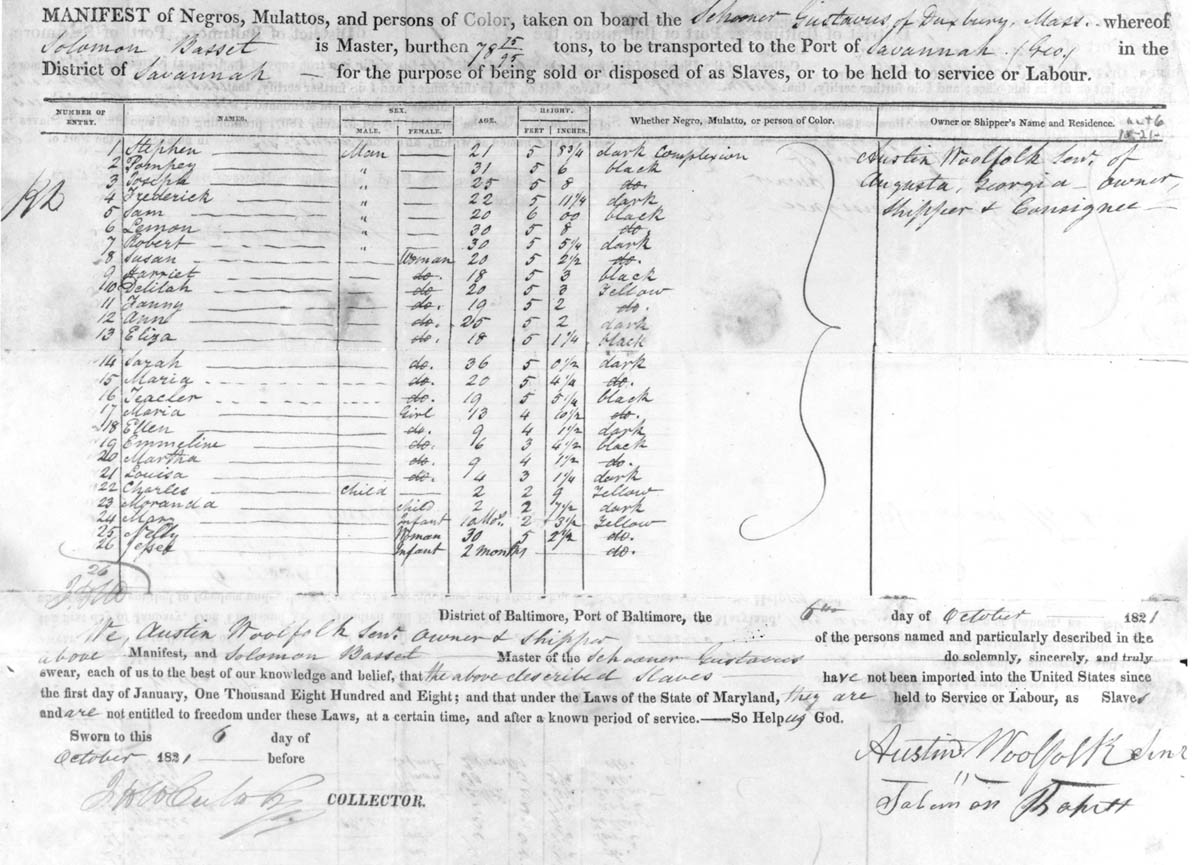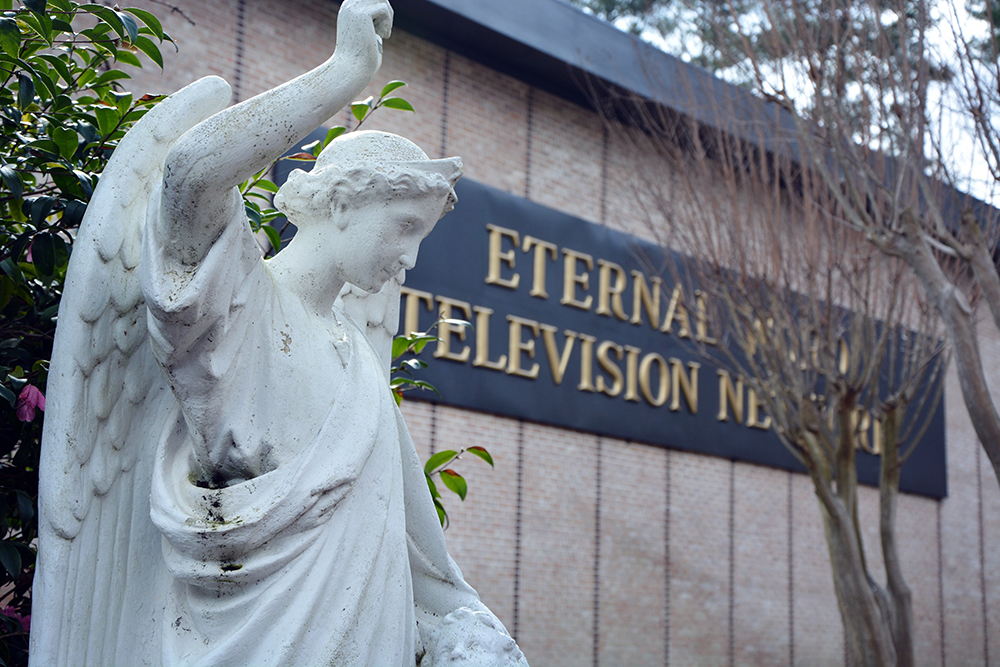The Crooked Path to Abolition: Abraham Lincoln and the Antislavery Constitution
Monday, May 29, 2023
Book Review: ‘Playing God,’ by Mary Jo McConahay - The New York Times
Richard Revesz and His Agency Are Remaking the Pollution Fight - The New York Times
Coral Davenport has been reporting from Washington on environmental regulations since the George W. Bush administration.
This spring the Biden administration proposed or implemented eight major environmental regulations, including the nation’s toughest climate rule, rolling out what experts say are the most ambitious limits on polluting industries by the government in a single season.
Piloting all of that is a man most Americans have never heard of, running an agency that is even less well known.
But Richard Revesz has begun to change the fundamental math that underpins federal regulations designed to protect human health and the environment. And those calculations could affect American life and the economy for years to come.
Mr. Revesz, 65, heads the obscure but powerful White House Office of Information and Regulatory Affairs, which is effectively the gatekeeper and final word on all new federal regulations. It has been known as the place where new rules proposed by government agencies, particularly environmental standards, go to die — or at least to be weakened or delayed.
ADVERTISEMEN
Saturday, May 27, 2023
Opinion | Neil Gorsuch Has Given Himself Away - The New York Times
The justices of the Supreme Court aren’t always open about their views, but there are times when they inadvertently reveal just how skewed their perspectives are.
First, a little background. Last year the Biden administration announced it would end its predecessor’s pandemic-era policy of expelling asylum seekers at the Mexican and Canadian borders based on a federal law that gives the Centers for Disease Control and Prevention the power to bar entry into the United States in order to curtail the spread of infectious diseases. Title 42, as the policy came to be known, was supposedly established to protect the public. But by the time it came into effect, Covid-19 was already widespread, and there was no evidence of significant transmission by asylum seekers and other migrants. What was true is that President Donald Trump had devoted much of his time in office to dismantling the nation’s immigration system and limiting entry as much as possible from the southern border.
Several months after the administration announced its plan to end Title 42, a Federal District Court in Washington ruled that the policy was illegal and ordered the government to end it. A group of states with Republican attorneys general then sued to keep the policy in place, appealing their case to the Supreme Court. The dispute came to an end last week, when the Supreme Court remanded the case to a lower court with instructions to dismiss the motion as moot. The reason, presumably, is that the federal government had already ended the Covid-19 public health emergency. There was nothing to decide.
There was, however, something interesting about the court’s order in this case. Not content to let the instruction stand on its own, Justice Neil Gorsuch added a statement. He recounted the story of the Title 42 policy not to criticize the court’s decision but to emphasize what, in his view, was the defining aspect of the Covid-19 crisis.
Friday, May 26, 2023
Is Unpublished Unequal? Abbe Gluck et alii Cornell/Yale
if this message does not display correctly, click here
| |||||||||||||||
Garrison's Constitution | National Archives
The Covenant with Death and How It Was Made
Winter 2000, Vol. 32, No. 4
By Paul Finkelman
© 2000 by Paul Finkelman

One of the compromises made by the Constitutional Convention was to close the African slave trade in 1808. This manifest from the schooner Gustavus shows the increased value of slaves in the domestic market after that date. (Records of the U.S. Customs Service, RG 36)
The abolitionist William Lloyd Garrison thought the U.S. Constitution was the result of a terrible bargain between freedom and slavery. Calling the Constitution a "covenant with death" and "an agreement with Hell," he refused to participate in American electoral politics because to do so meant supporting "the pro-slavery, war sanctioning Constitution of the United States." Instead, under the slogan "No Union with Slaveholders," the Garrisonians repeatedly argued for a dissolution of the Union.1
Part of Garrison's opposition to continuing the Union stemmed from a desire to avoid the corruption that came from participating in a government created by the proslavery Constitution. But this position was also at least theoretically pragmatic. The Garrisonians were convinced that the legal protection of slavery in the Constitution made political activity futile, while support for the Constitution merely strengthened the stranglehold slavery had on America. In 1845 Wendell Phillips pointed out that in the years since the adoption of the Constitution, Americans had witnessed "the slaves trebling in numbers—slaveholders monopolizing the offices and dictating the policy of the Government-prostituting the strength and influence of the Nation to the support of slavery here and elsewhere—trampling on the rights of the free States, and making the courts of the country their tools." Phillips argued that this experience proved "that it is impossible for free and slave States to unite on any terms, without all becoming partners in the guilt and responsible for the sin of slavery."2
The Garrisonians believed that if they worked within the political system they were merely spinning their wheels, spending their money and time on a cause that was doomed. The Constitution was proslavery, the national government was controlled by slaveowners, and politics was a waste of time. A quick look at the presidency underscored their view. From 1788 until 1860, only two opponents of slavery, John Adams and John Quincy Adams, held the nation's highest office, and for only a total of eight years. On the other hand, slaveowners held the office for fifty of these seventy-two years, and doughfaces-northern men with southern principles—like James Buchanan and Franklin Pierce—held it the rest of the time.
This did not surprise the Garrisonians, who understood that the Constitution was heavily influenced by slaveowners. The Garrisonians did not necessarily see the Constitution as the result of a deliberate conspiracy of evil men; rather, they understood it to be the consequence of political give-and-take at the Convention of 1787.
Thus, in The Constitution A Pro-Slavery Compact; or, Selections from the Madison Papers, Wendell Phillips analyzed "that 'compromise,' which was made between slavery and freedom, in 1787; granting to the slaveholder distinct privileges and protection for his slave property, in return for certain commercial concessions upon his part toward the North." Phillips argued that "the Nation at large were fully aware of this bargain at the time, and entered into it willingly and with open eyes."3 Phillips both exaggerated and understated the nature of the relationship between slavery and the Constitution. Certainly, some of those at the Convention "entered into" the bargain with great reservations, and many at the ratifying conventions may not have seen the full extent of the "bargain." On the other hand, the bargain involved more than commerce and slavery; it concerned the very creation of the Union itself. Both the text of the Constitution and the debates surrounding it help us understand that the "more perfect Union" created by this document was in fact fundamentally imperfect.
Slavery in the Constitutional Structure
Thursday, May 25, 2023
The Two Constitutions | David W. Blight | The New York Review of Books
I have long been inclined toward William Lloyd garrison''s attack on the (pre-civil war) Constitution as a" covenant with death and an agreement with Hell." But David Blight presents James Oakes view as more nuanced. - GWC
Reviewed:
Historians can and do change their minds about interpretations of events and the uses of evidence. We may be dead certain, or even mildly sure, about facts and the stories we tell about them, but our
Historians can and do change their minds about interpretations of events and the uses of evidence. We may be dead certain, or even mildly sure, about facts and the stories we tell about them, but our craft requires us to remain open to new persuasions, new truths. James Oakes used to believe that the United States Constitution was essentially proslavery in its foundations, and that any attempt to breathe antislavery meaning into it was strained or rhetorical and not textually supported. But no more. In his remarkable and challenging book The Crooked Path to Abolition, he makes the case that there were effectively two constitutions written in Philadelphia that summer of 1787, one proslavery and one antislavery, which would be in conflict with each other for more than the next fourscore years.
Oakes, a distinguished professor of history at the CUNY Graduate Center, is not the only historian to have changed his view on this matter. In my first book, in 1989, I treated Frederick Douglass’s development of an antislavery interpretation of the Constitution as a slowly evolving perspective on his road to becoming a pragmatic political abolitionist and as a form of wish fulfillment in the absence of alternatives. I called his antislavery constitutionalism “dubious”—a search for political and moral ground on which he could stand to avoid embracing violent revolution by the 1850s. But I have come to see him as a deeply committed political thinker who argued his way, through what he called “careful study,” using legal and moral logic, to a vision of an antislavery Constitution. Guided by the natural rights tradition, Douglass found the core meaning of the American crisis. “Liberty and Slavery—opposite as Heaven and Hell,” he wrote in 1850, “are both in the Constitution.” What divided the nation was a Constitution “at war with itself.”
It has long been understood that without the compromises that were struck to bolster the interests of the slave states, there might have been no constitution achieved in 1787, and the thirteen original states might have careened off into regional coalitions at best. With the publication in 1840 of James Madison’s notes from the Constitutional Convention, more information emerged about pivotal crises and compromises in those famous debates. The notes fueled the endless arguments over the meaning and intent of the “founders,” a term that defies any unified definition, as Oakes argues. For instance, the notes record a dispute over a proposed tax on future slave imports, to which Roger Sherman of Connecticut fiercely objected “because it implied that they [slaves] were property.” Madison agreed and, in what may seem rather startling language for a Virginia slaveholder, declared it “wrong to admit in the Constitution the idea that there could be property in men.”
Wednesday, May 24, 2023
C.J. John Roberts, introduced by Elena Kagan, at the ALI 100th
Judge Henry Friendly, late of the Second Circuit, was the sort of guy whose biographer, David Dayen, showing no hint of embarrassment, sub-titled his book Greatest Judge of His Era. As former Dean of the law school in Cambridge , Massachusetts Elena Kagan's tribute to John Roberts on his receipt of the American Law Institute's highest honor - The Henry Friendly Award - fell short of Dayen's encomium. But it's generosity is best understood as an example of two scorpions set in the same cage - lethal weapons barred by the rules - constrained by the need to work together for the foreseeable future. The Chief Justice's acceptance speech is tolerably self-celebratory, for the `thank you for telling me I am a giant ' genre.
Austin Sarat, the eminent Amherst College writer on law, society and religion, takes a critical view here at Justia.
Video below.
- GWC
https://t.co/LwmzyQ8lpdMonday, May 22, 2023
Sunday, May 21, 2023
'Playing God' traces the history of Catholic conservatism gone extreme | National Catholic Reporter
A disturbing symbiosis exists between the disruptive, norm-trashing far right in our national politics and a similar force that has become prominent within the Catholic hierarchy in the United States. The relationship is alarming, given the established wisdom of church-state separation, but hardly surprising. As Mary Jo McConahay illustrates in Playing God: American Catholic Bishops and The Far Right, the two entities have become, over decades, increasingly dependent on and subservient to each other in a mutual pursuit of cultural influence.
Neither the political nor religious — in this case Catholic — right has gained its impressively disruptive power overnight. The evolution has occurred over decades.
Scholars and journalists have established in detail the arc of development in the political realm. Such works as Democracy in Chains: The Deep History of the Radical Right's Stealth Plan for America by Duke University historian Nancy MacLean; How Democracies Die by Steven Levitsky and Daniel Ziblatt, both professors of government at Harvard University; Dark Money: The Hidden History of the Billionaires Behind the Rise of the Radical Right by investigative reporter Jane Mayer; and, earlier, Our Divided Political Heart: The Battle for the American Idea in an Age of Discontent by Washington Post columnist E.J. Dionne Jr., are several that come immediately to mind.
Friday, May 19, 2023
Christine Amanpour blasts CNN at Columbia Journalism Commencement
Christine Amanpour as the Commencement Speaker at Columbia School of Journalism blasted CNN CEP Christ Licht for the debacle of the Trump town hall he hosted on CNN.
Sh begins at minute 32
Thursday, May 18, 2023
Rethinking Pacem in Terris by Massimo Faggioli// Commonweal
Preliminary Injunction Against NJ Ban on Peaceable Carry
Today the U.S. District Court for New Jersey issued a very thorough 230-page preliminary injunction against much of the New Jersey legislature's Bruen response bill. As in the years after Brown v. Board of Education, some state legislatures under the sway of anti-civil rights lobbies have engaged in massive resistance to Bruen.. David Kope
l
Preliminary Injunction Against NJ Ban on Peaceable Carry
The massive (250 page) order
A similar law in New York was preliminarily enjoined by several district courts, but the injunctions were stayed in a Second Circuit opinion that declined to provide any reasoning. Second Circuit oral argument was held in March.
Background: The consolidated New Jersey cases are Koons v. Platkin, no. 22-7474 and Siegel v. Platkin, no. 22-7463. Lead attorneys were David Jensen in Koons and Daniel Schmutter in Siegel. The Koons plaintiffs included the Second Amendment Foundation and the Firearms Policy Coalition, while the Siegel plaintiffs included the Association of New Jersey Rifle & Pistol Clubs.
The preliminary injunction was issued by Chief Judge Marie Bumb, D.NJ.
EWTN, once 'the work of the devil,' now gets blessing from pope | National Catholic Reporter
"The work of the devil" is how two years ago Pope Francis labeled EWTN, the Eternal Word Television Network, a Catholic media empire known for its conservative programming. More recently, instead of sending in an exorcist, he blessed a movie produced by EWTN of Ireland.
While not directly mentioning EWTN, the pope said at a 2021 meeting with Jesuits in Slovakia, "There is, for example, a large Catholic television channel that has no hesitation in continually speaking ill of the pope." He acknowledged, "I personally deserve attacks and insults because I am a sinner, but the church does not deserve them. They are the work of the devil." Everyone knew he was speaking of EWTN.
Noteworthy, however, is what is missing. There is no coverage of the social justice concerns of the church, such as racism, inequality or global warming. Abortion and gender issues are the only social issues on EWTN's radar.
Its news programming is accused of having a Republican tilt, leading some of its critics to refer to it as the Fox News of Catholicism. Raymond Arroyo, who hosts EWTN's "The World Over," appears frequently on Fox News. Arroyo spends much of his program attacking Democrats and the "woke" elites. He is also critical of Pope Francis and has hosted a "papal posse" of fellow detractors.***
Tuesday, May 16, 2023
How the Comstock Act Law Is Key to the Abortion Fight - The New York Times
Anthony Comstock, a 19th-century crusader against sexual liberty, was mocked as a prude in his own time, but wielded real power. He persuaded Congress in 1873 to pass the Comstock Act, written by and named for him, making it a federal crime to send or deliver “obscene, lewd or lascivious” material through the mail or by other carriers, specifically including items used for abortion or birth control.
By the 1960s, the Comstock Act had fallen out of use — narrowed by court rulings, partly gutted by congressional repeals — and it was made an unconstitutional relic by the Supreme Court’s decision in 1973 in Roe v. Wade, recognizing a national right to abortion. But it stayed on the books.
Now, Comstock is back, once more being wielded as a weapon by social conservatives. Their arguments use the language of the act to target the mailing of abortion pills, and they are pushing judges and the Biden administration to reopen seemingly long-settled questions.
Monday, May 15, 2023
It IS Happening Here -
According to Juan Alberto Vázquez, a freelance journalist who took the only published video of Penny putting Neely in a chokehold, Neely was “aggressive” but not specifically threatening or getting physical with anyone on the train.t respond to HuffPost’s requests for comment, posted a video of Neely’s final moments on his Facebook page, along with a quote purportedly from Neely written in Spanish: “I don’t have food, I don’t have anything to drink, I’m fed up....I don’t care if I go to jail and they give me life in prison.” Neely didn’t seem to want to attack anyone, Vázquez wrote.
“He started screaming all these things, took off his jacket, a black jacket that he had, and threw it on the ground,” Vázquez told the New York Post for a story published May 2, the day after Neely’s death. He also told The New York Times that day that Neely had said, “I’m ready to die.”
Saturday, May 13, 2023
Just a Tad Jesuit: Seattle U Faculty Contest Handbook Changes – The Spectator
“Jesuit and Catholic signify the distinctive and defining character of Seattle University. Recognition of the transcendent dimension of human life, as expressed in diverse religious and spiritual traditions, is fundamental to the identity of a Jesuit university. Seattle University faculty are a community of teacher-scholars with an acknowledgement of and a respect for Catholic religious, intellectual, and cultural traditions, while maintaining their individual faith commitment.”
The proposed language was a reuse of the Handbook’s phrasing before 2003. The current statement, which has been in use for two decades, is less specific about the university’s Catholic tradition:
“As a community of teachers and scholars, the faculty acknowledges the University’s religious and cultural traditions and seeks, in a wide variety of ways, to contribute through the professional endeavors of its members to the Jesuit ethos. Seattle University faculty members respect the religious dimension of human life, which is a central element of Jesuit philosophy.” ***














